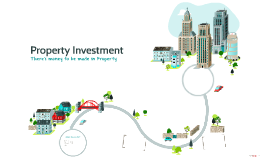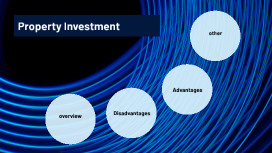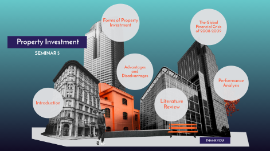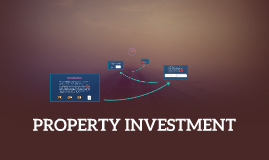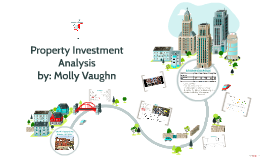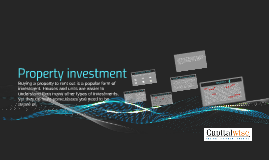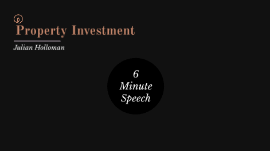PROPERTY INVESTMENT
Transcript: Otherwise if the industries closed the population would decrease and the renting request would go down (Figure 5). By law, we have to pay the various taxes: IMU (Imposta Municipale Unica) is a tax applied to the real estate component of the assets. We pay € 1,602.72 per month, €19,232.64 per year. Totally we have to pay €192.326.4. TASI (Tributo per i Servizi Indivisibili) is a tax for city services like the lighting and the stradal maintenance. In Florence, TASI costs €346. The tenant pays only 10%, so €34, and we pay €311.4 per year. TARI (tassa sui rifiuti) is the tax related to waste management in Italy. In Florence, TARI costs € 244 a year so € 2,440 in ten years. So we still have €334.838.52. For condominium expenses we have to pay €12.000, then €192.326.4 of IMU and finally €5.554 of TARI and TASI. The total amount of money remaining €124.958.12. For the last 18 months we haven't rented the apartment to prepare it for our son. In two years, the value of real estates in Florence has increased by 3.52% and is constantly growing (Figure 1). We bought this apartment in January 2018 and we spent €275,000. Furthermore it's left over advanced €225,000. We decided to rent the property to be able to pay the various taxes. In January 2018 the average rented price is €14.82 per m2 (Figure 2), so we rented the apartment for €1,100 a month, relying on the "Immobiliare.it" agency. As required by the contract, we paid a month's salary to the agency. After six months a couple asked to rent, with a contract (2018 - 2026), €1,100 per month. Figure 2. The prices of rented houses in Florence Positive & Negative Scenarios For the future there are positive and negative scenarios. For example if in the town was the olimpics game, the prices would go up and this is a positive scenario (Figure 4). Figure 1. The prices of houses in Florence Giorgia Bianco & Jacopo Sulis To sell an apartment or a house a person can trust in an agency or to sell it indipendently (for example with a online announcement). If somebody trusts in an agency he must pay him, but the agency would do more publicity and it's more safe. How much did we earn? We have €500,000 to buy a house for our 12-year-old son, when he graduates, in about 10 years. What we decided to do? We have decided to buy a flat in Florence now. It's located near Piazza Batoni, twenty minutes far from the old town of Florence. The apartment is located on the fourth floor and consists of 4 rooms, with a bathroom, a balcony and a spacious terrace, for a total of 75 m2. Introduction Figure 5. Negative trend Figure 3. The inflation in Florence (ISTAT) Taxes The End! PROPERTY INVESTMENT During the years some risks can happen: a piece of forniture can break the wall's plaster can ruin itself earthquakes or any type of environmental disaster To solve these risks is drown up an insurance for theft, flooding, electrical breakdown, fire and environmental disasters. It costs €300 per year, so totally we have to pay €3,000. Some obstacles are, for example, if nobady wants to rent (for example because of the prices or because of the unenployment) or if the tenant damages the apartment. To avoid these obstacles we bought a hous in Florence, a increasing city, and we guarantee that the tenant was reliable. How can you sell a house? If we don't decide to invest that money the prices could increase, so it's better to buy a property now (Figure 6). Figure 4. Positive trend Risks & Obstacles 1,43 : 100 = x : 1100 (1100 * 1.43) : 100 = 11 * 1.43= €15.73 1100 + 15.73 = €1,115.73 For the second year the month's salary is €1,115.75, so we have earned, for the second year, €13,388.76. In 2020/2021 we've earned €13,580.16. In 2021/2022 we've earned €13,774.32 In 2022/2023 we've earned €13,971.24 In 2023/2024 we've earned €14,171.04 In 2024/2025 we've earned €14,373.72 In 2025/2026 we've earned €14,579.28. In these 8 years we have earned €109,838.52, which must be added to €225,000 (remained from the starter €500,000). So we still have €334,838.52. Figure 6. Florence house prices For the first year, they paid us €13,200, but we had to pay a month's salary to the agency, so we've earned €12,100. On average, according to ISTAT data, every years inflation is around +1.43% (Figure 3).






